
A Rubber Expansion Joint is a flexible unit that is manufactured from natural or synthetic elastomers or fluoroplastics and, if necessary, a reinforcement of the bellow (steel, nylon or aramid) is added. Rubber Expansion Joints are the perfect solution for pipe systems to absorb movements, vibrations or noise, resulting in the significantly prolonged service life of the pipe work and connected equipment.
Expansion joints are designed to absorb pipe movements and stress while isolating mechanical vibration. They will reduce system noise, eliminate electrolysis, and compensate for pipe offset or alignment. They are typically specified during the engineering of a system and are commonly seen in air conditioning or heating systems, petro-chemical plants, power generating stations, ships, steel mills, pulp & paper plants, water & sewage systems, and other industrial piping systems. Expansion joints should be installed between two fixed anchor points in a system. In order to prevent damage caused by excessive motion, control rod/limit units are recommended for all applications. Expansion joints must be inspected, maintained, and replaced over time.
Our rubber liners and covers can be constructed of virtually any type of synthetic or natural elastomer. PTFE liners are also an option. For greater movement capabilities, we can build expansion joints with double, triple, or even quadruple arches. For applications involving sediments or high-velocity media, filled-arch styles are available. To accommodate changes in pipe sizes, we offer either concentric or eccentric reducing style joints. For basic flexible connections and noise reduction at pumps, consider our spherical expansion joints with rotating steel flanges. Necessary accessories for most rubber expansion joint applications include retaining rings and control units. Safety shields are also an option.
Chemical, construction, water supply, drainage, petroleum, light and heavy industry, refrigeration, sanitation, plumbing, fire fighting, electric power, etc.
Oil, acid and alkali, high temperature and other corrosive and hard substances

LUOYING

Up to DN 5000

Up to +130°C

Up to 25 Barg / 362 psi

The KDF flanged rubber joint is an improved version of the KXT single-ball rubber joint, designed to accommodate greater displacement and pressure according to user requirements. More importantly, it addresses the issue of rubber joint separation under ex
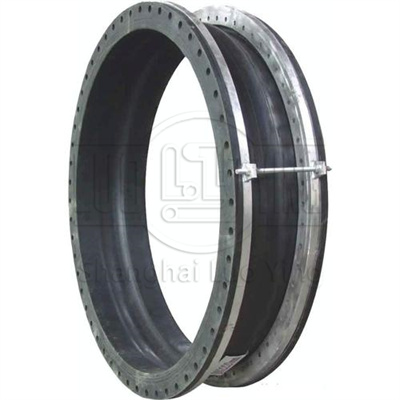
The KDF-F flanged rubber flexible joint is an improved version of the KXT single-ball rubber joint, designed to accommodate greater displacement and pressure according to user requirements. More importantly, it addresses the issue of rubber joints detachi
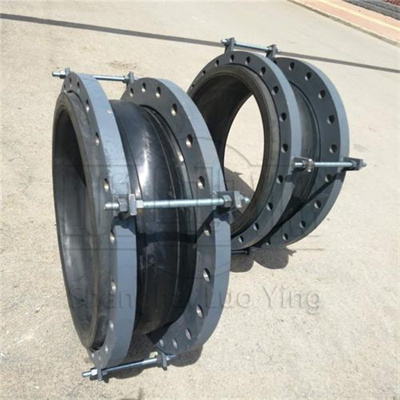
The KXT-F single-ball limited-travel rubber flexible joint offers excellent overall performance and is widely used in various fields such as chemical industry, construction, water supply, drainage, petroleum, light and heavy industry, refrigeration, sanit
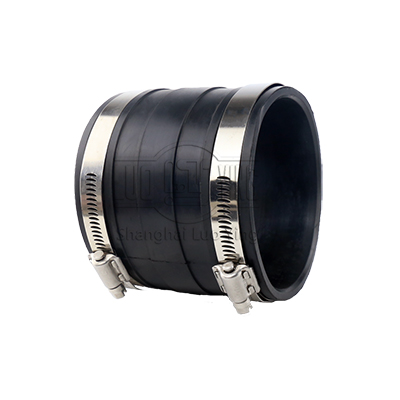
Clamp type rubber joint composed of inner rubber layer, fabrics enhancement layer and outer rubber layer, then by molding vulcanization and combine with clamp. Inner rubber directly bear abrasion and corrosion of medium delivered; outer rubber layer prote
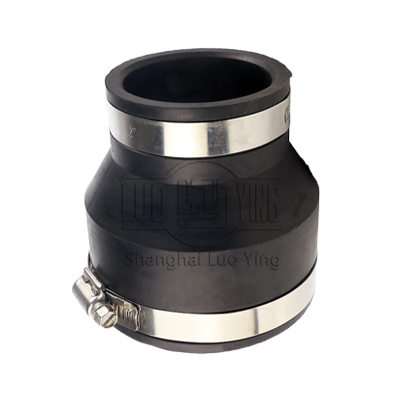
Clamp flexible rubber joint is composed of inner layer, polyamide fiber cord fabric, outer layer rubber and lapped joint flange, it have many advantage such as high temperature and pressure resistance.
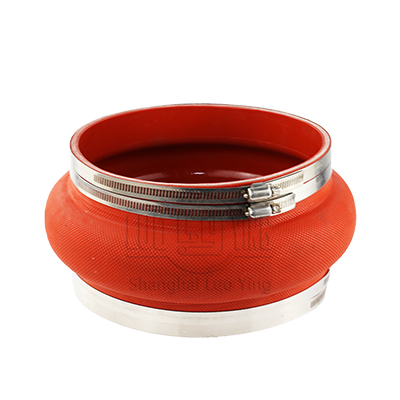
Clamp Flexible Joint is also called Flexible Rubber Joint, flexible joint, rubber coupling, flexible rubber joint, rubber soft connection. Clamp Flexible Rubber Joint is flexible coupling of metal pipe, composed by inner layer,Nylon cord fabric enhanced,
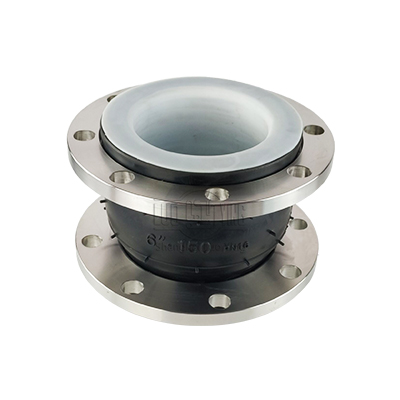
PTFE provides added resistance to aggressive chemicals and temperatures versus a traditional rubber tube expansion joints.
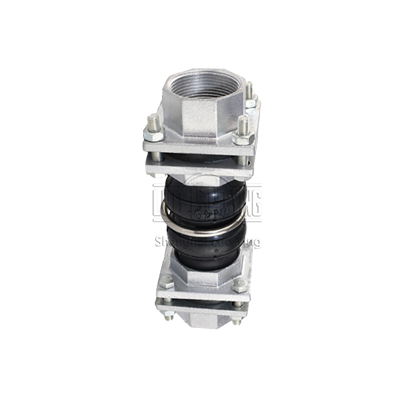
Rubber joint has the characteristics of good sealing, light weighting, easy to fix and maintain, also has long working expecting,but please keep far away from sharp metal in order to avoid breaking the rubber body.
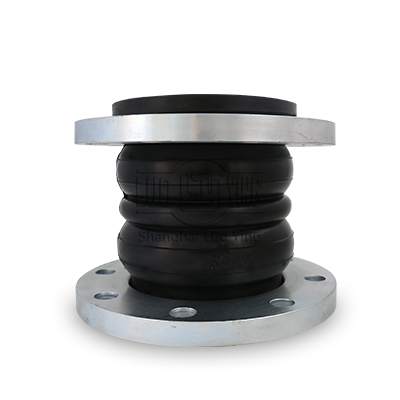
Double Ball Rubber Joint, is mainly the use of rubber unique properties, such as high flexibility, high air tightness, chemical resistance and radiation resistance, high strength, strong cold stability bias ply polyester composite Hou contrast, high press
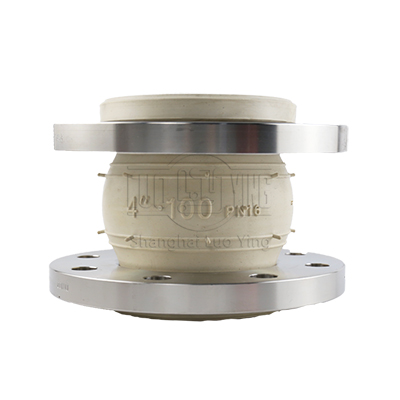
The main body of silicone rubber joints for food production enterprises is made of nylon cord as the reinforcing material, which is vulcanized under heating and pressure conditions. Food grade rubber joints are used in cold water, hot water, compressed ai
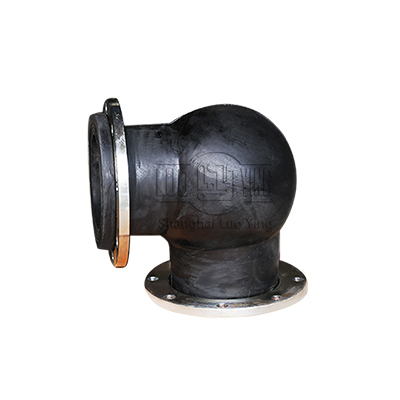
Flexible rubber joint is also called shock absorber,pipe shock absorber,shock proof box and soft joint ,and so on. It is a pipe joint of high-flexibility,high-gas tightness,resistance to medium and climate.It has such functions as following.
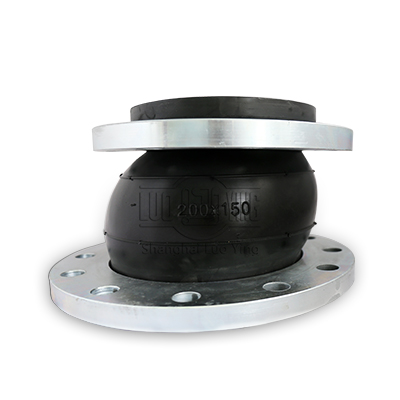
Reducing flexible rubber joint is widely used in the field of chemical industry, construction, supply water, sewage drainage, petroleum, light and heavy industry, sanitation, plumbing, electricity and other fundamental engineering.
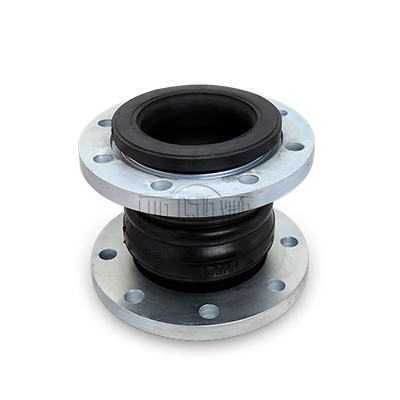
Rubber joints, also known as flexible rubber joints, flexible rubber joints, soft rubber joints, shock absorber, (shock absorbers throat), rubber shock absorbers, rubber expansion joints and so on. The product consists of inner and outer layers of plastic
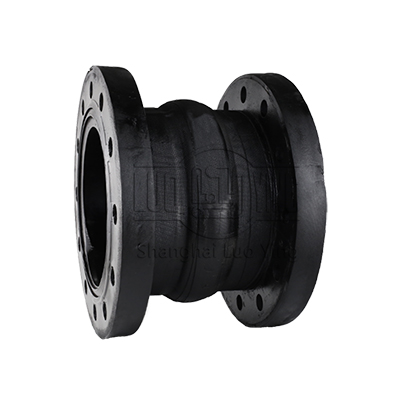
Multiple plies of rubber impregnated high strength polyester or nylon tire cord form the first pressure reinforcement over the tube. Arch swell in response to pressure and arch migration are virtually eliminated by criss-crossed layers of reinforcement th
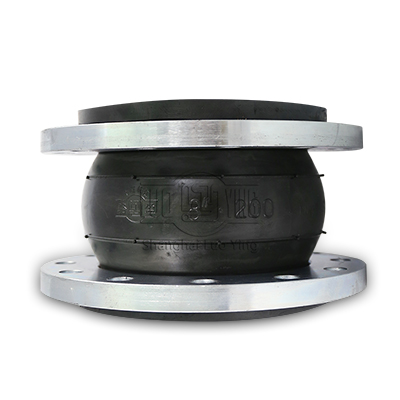
Rubber joints are also called rubber hose flexible joints, flexible rubber joints, rubber flexible joints, bendable rubber joints, high pressure rubber joints, rubber shock absorbers, compensators and so on. According to the connection method, there are 3
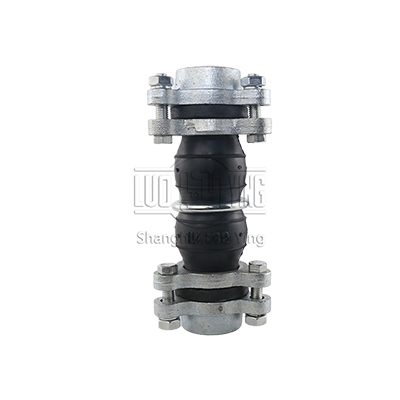
Rubber joint has the characteristics of good sealing, light weighting, easy to fix and maintain, also has long working expecting,but please keep far away from sharp metal in order to avoid breaking the rubber body.
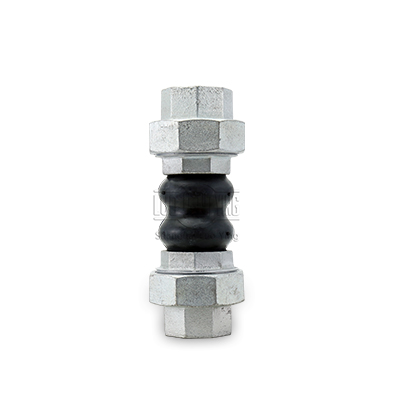
Screwed type flexible rubber joints are designed to absorb movements and stress on piping systems, compensate for pipe misalignment, reduce vibration and system noise, protect against start-up forces as well as system surges. Thus, they are also called sh
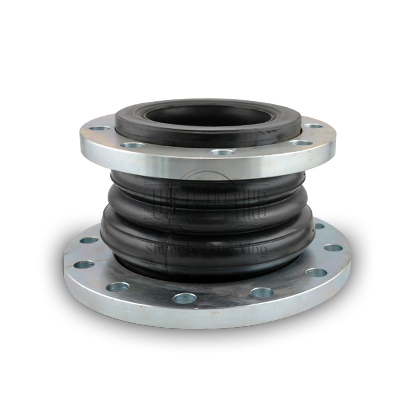
The concentric design is where the center of each flange is concentric or in line with each other
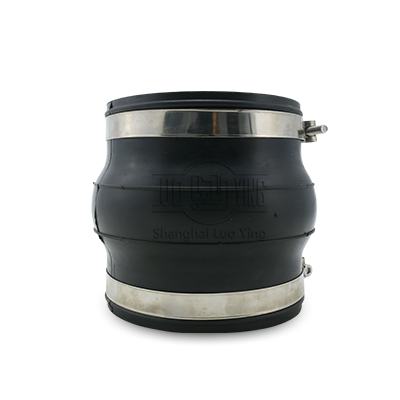
Clamp Flexible Joint is also called Flexible Rubber Joint, flexible joint, rubber coupling, flexible rubber joint, rubber soft connection. Clamp Flexible Rubber Joint is flexible coupling of metal pipe, composed by inner layer,Nylon cord fabric enhanced,







Rubber expansion joints are mainly manufactured by manual wrapping of rubber sheets and fabric reinforced rubber sheets around a bellows-shaped product mandrel. Besides rubber and fabric, reinforced rubber and/or steel wires or metal rings are added for additional reinforcement. After the entire product is built up on the mandrel, it is covered with a winding of (nylon) peel ply to pressurize all layers together. Because of the labor-intensive production process, a large part of the production has moved to eastern Europe and Asian countries.
Some types of rubber expansion joints are made with a molding process. Typical joints that are molded are medium-sized expansion joints with bead rings, which are produced in large quantities. These rubber expansion joints are manufactured on a cylindrical mandrel, which is wrapped with bias cut fabric ply. At the end the bead rings are positioned and the end sections are folded inwards over the bead rings. This part is finally placed in a mold and molded into shape and vulcanized. This is a highly automated solution for large quantities of the same type of joint.
New technology has been developed to wind rubber and reinforcement layers on the (cylindrical or bellows-shaped) mandrel automatically using industrial robots instead of manual wrapping. This is fast and accurate and provides repeatable high quality. Another aspect of using industrial robots for the production of rubber expansion joints is the possibility to apply an individual reinforcement layer instead of using pre-woven fabric. The fabric reinforcement is pre-woven and cut at the preferred bias angle. With individual reinforcement it is possible to add more or less fiber material at different sections of the product by changing the fiber angles over the length of the product.

Piping components can be bolted together between flanges. Flanges are used to connect pipes with each other, to valves, to fittings, and to specialty items such as strainers and pressure vessels. A cover plate can be connected to create a "blind flange" Flanges are joined by bolting, and sealing is often completed with the use of gaskets or other methods. Mechanical means to mitigate effects of leaks, like spray guards or specific spray flanges, may be included. Industries where flammable, volatile, toxic or corrosive substances are being processed have greater need of special protection at flanged connections. Flange guards can provide that added level of protection to ensure safety.

Fasteners are used for fastening and securing materials such as wood, metal, plastic, or concrete. They include nuts and bolts, threaded rods, structural bolts, machine screws, wedge anchors, washers, rivets, and more in a variety of types and sizes, including metric and inch.

In systems that have a media with significant particulate content (i.e. flash or catalyst), a barrier of ceramic fiber can be utilized to prevent corrosion and restricted bellows flexibility resulting from the accumulation of the particulate. Purge connectors may also be utilized to perform this same function. Internal liners must also be included in the design if the expansion joint includes purge connectors or particulate barriers.

A gasket is a mechanical seal which fills the space between two or more mating surfaces, generally to prevent leakage from or into the joined objects while under compression. It is a deformable material that is used to create a static seal and maintain that seal under various operating conditions in a mechanical assembly.